
How to Use Infrared Slotted Optical Optocoupler Module: Examples, Pinouts, and Specs
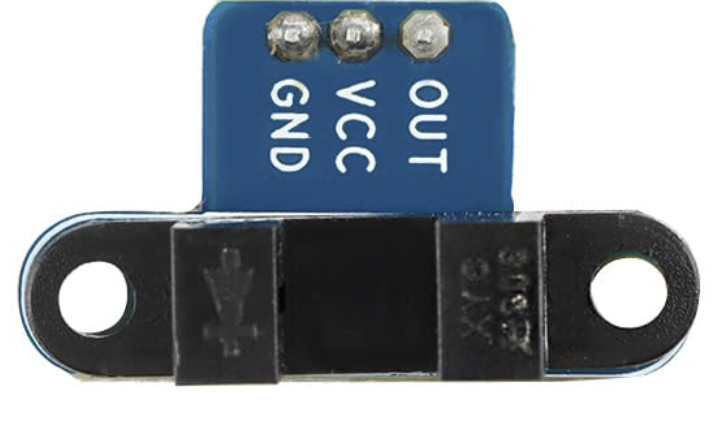
 Design with Infrared Slotted Optical Optocoupler Module in Cirkit Designer
Design with Infrared Slotted Optical Optocoupler Module in Cirkit DesignerIntroduction
The Infrared Slotted Optical Optocoupler Module is a device that uses infrared light to transmit signals between two electrically isolated circuits. It consists of an infrared emitter (LED) and a photodetector (phototransistor) housed in a slotted enclosure. When an object passes through the slot, it interrupts the infrared light beam, causing a change in the output signal. This module is widely used for non-contact object detection, position sensing, and speed measurement in various applications.
Explore Projects Built with Infrared Slotted Optical Optocoupler Module
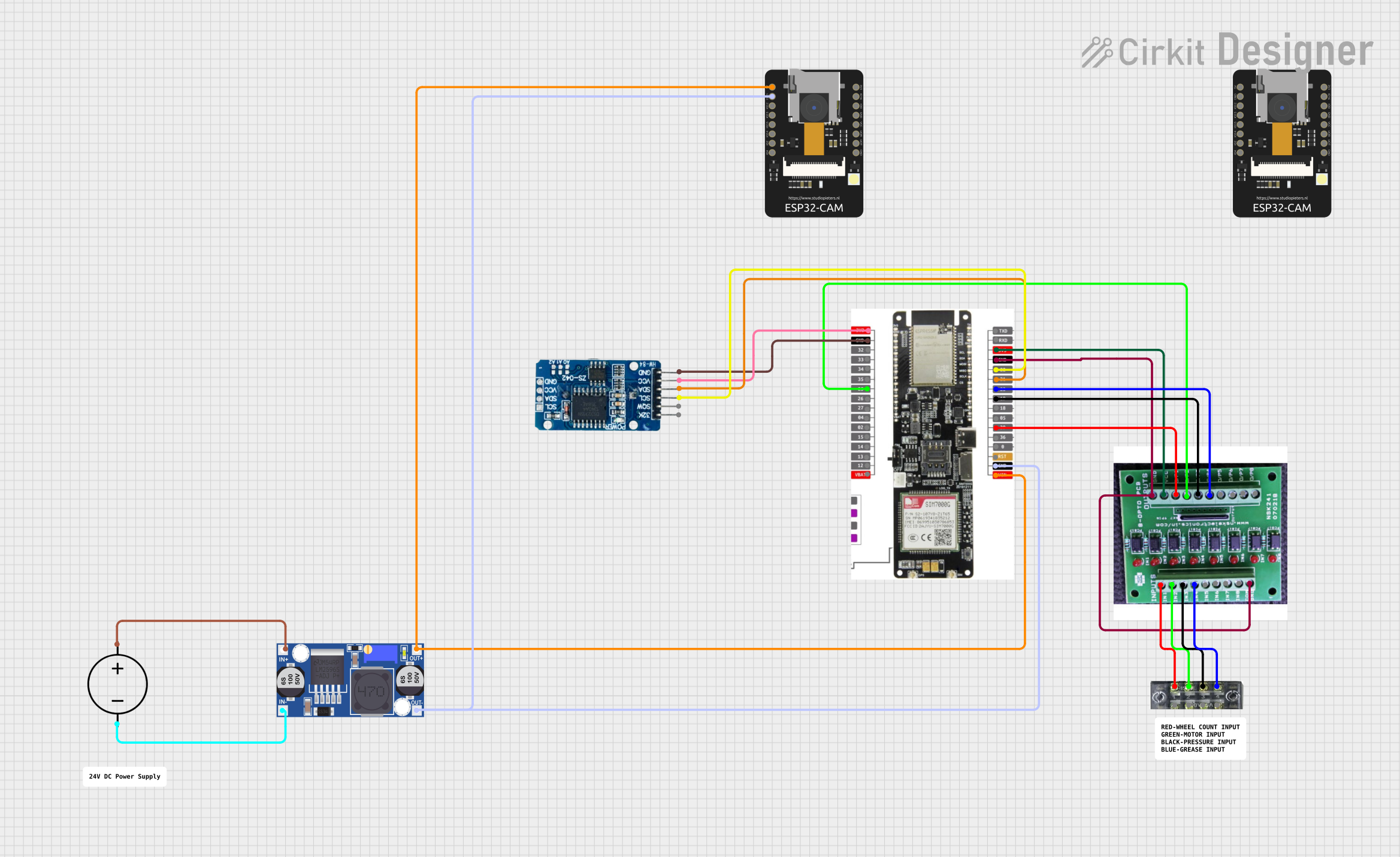
 Open Project in Cirkit Designer
Open Project in Cirkit Designer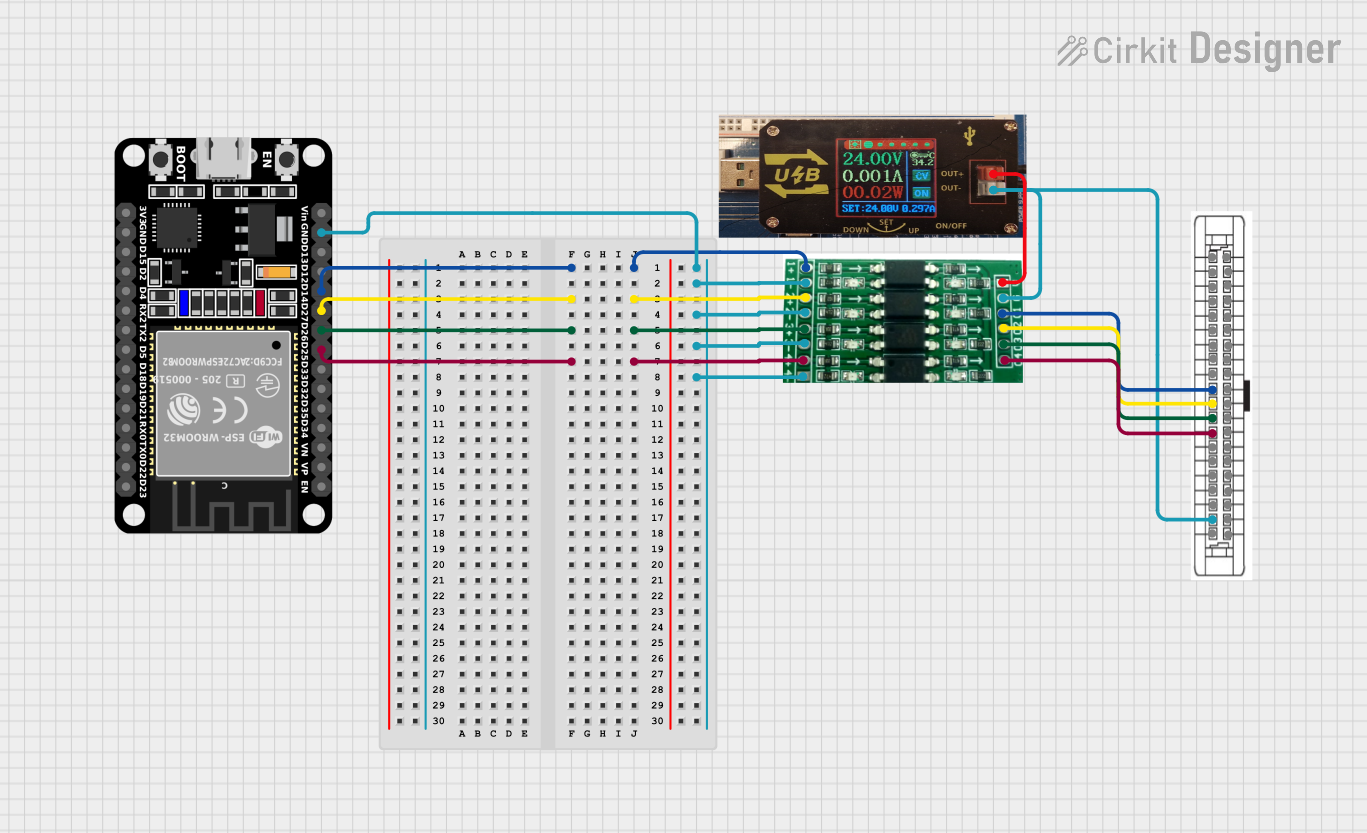
 Open Project in Cirkit Designer
Open Project in Cirkit Designer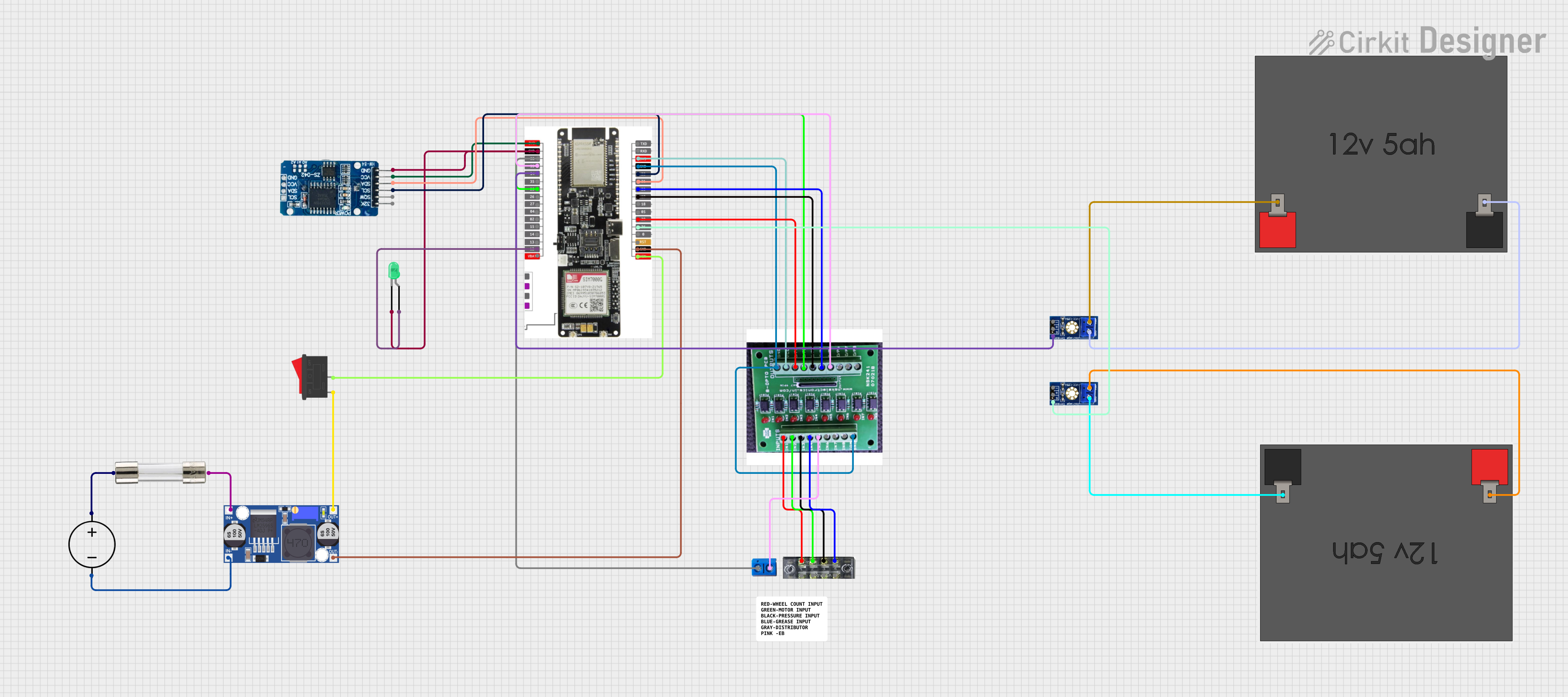
 Open Project in Cirkit Designer
Open Project in Cirkit Designer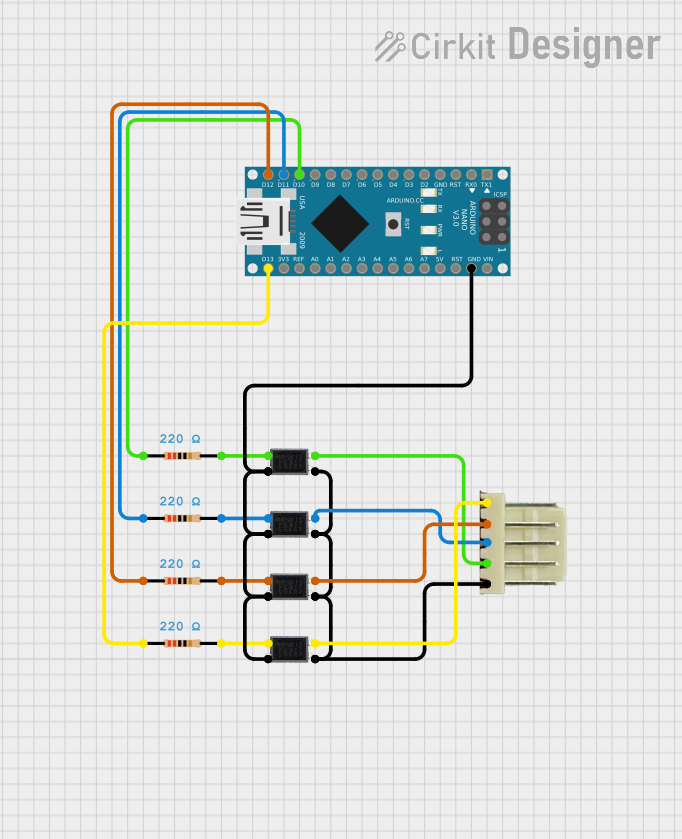
 Open Project in Cirkit Designer
Open Project in Cirkit DesignerExplore Projects Built with Infrared Slotted Optical Optocoupler Module

 Open Project in Cirkit Designer
Open Project in Cirkit Designer
 Open Project in Cirkit Designer
Open Project in Cirkit Designer
 Open Project in Cirkit Designer
Open Project in Cirkit Designer
 Open Project in Cirkit Designer
Open Project in Cirkit DesignerCommon Applications and Use Cases
- Rotary encoders for speed and position sensing
- Object detection in automation systems
- Line-following robots
- Limit switches in CNC machines
- Optical tachometers for motor speed measurement
Technical Specifications
The Infrared Slotted Optical Optocoupler Module has the following key specifications:
| Parameter | Value |
|---|---|
| Operating Voltage | 3.3V to 5V |
| Output Type | Digital (High/Low) |
| Slot Width | 5mm |
| Infrared Wavelength | 940nm |
| Response Time | < 10µs |
| Operating Temperature | -25°C to 85°C |
| Dimensions | Varies by module (e.g., 32mm x 14mm) |
Pin Configuration and Descriptions
The module typically has 4 pins, as described in the table below:
| Pin | Name | Description |
|---|---|---|
| 1 | VCC | Power supply input (3.3V to 5V) |
| 2 | GND | Ground connection |
| 3 | OUT | Digital output signal (High when the slot is clear, Low when the beam is blocked) |
| 4 | EN (optional) | Enable pin (used to enable or disable the module, depending on the design) |
Usage Instructions
How to Use the Component in a Circuit
- Power the Module: Connect the
VCCpin to a 3.3V or 5V power source and theGNDpin to the ground of your circuit. - Connect the Output: Connect the
OUTpin to a digital input pin of your microcontroller or other logic circuit. - Position the Module: Place the module so that the object to be detected can pass through the slot, interrupting the infrared beam.
- Read the Output: Monitor the
OUTpin. It will output a HIGH signal when the slot is clear and a LOW signal when the beam is blocked.
Important Considerations and Best Practices
- Alignment: Ensure proper alignment of the object with the slot for accurate detection.
- Debouncing: If the module is used for high-speed applications, consider implementing software or hardware debouncing to filter out noise.
- Power Supply: Use a stable power supply to avoid fluctuations in the output signal.
- Ambient Light: Avoid placing the module in direct sunlight or near strong infrared sources, as this may interfere with its operation.
Example: Connecting to an Arduino UNO
Below is an example of how to use the Infrared Slotted Optical Optocoupler Module with an Arduino UNO to detect objects passing through the slot.
Circuit Connections
- Connect the
VCCpin of the module to the 5V pin of the Arduino. - Connect the
GNDpin of the module to the GND pin of the Arduino. - Connect the
OUTpin of the module to digital pin 2 of the Arduino.
Arduino Code
// Infrared Slotted Optical Optocoupler Module Example
// This code reads the output of the module and prints the status to the Serial Monitor.
const int sensorPin = 2; // Pin connected to the OUT pin of the module
int sensorState = 0; // Variable to store the sensor state
void setup() {
pinMode(sensorPin, INPUT); // Set the sensor pin as input
Serial.begin(9600); // Initialize serial communication at 9600 baud
}
void loop() {
sensorState = digitalRead(sensorPin); // Read the sensor output
if (sensorState == HIGH) {
// If the slot is clear, the output is HIGH
Serial.println("Slot is clear");
} else {
// If the beam is blocked, the output is LOW
Serial.println("Beam is blocked");
}
delay(100); // Small delay to avoid flooding the Serial Monitor
}
Troubleshooting and FAQs
Common Issues and Solutions
No Output Signal
- Cause: Incorrect wiring or loose connections.
- Solution: Double-check all connections, ensuring the
VCCandGNDpins are properly connected.
False Triggering
- Cause: Ambient light interference or electrical noise.
- Solution: Shield the module from strong light sources and use a decoupling capacitor near the power pins.
Slow Response
- Cause: High capacitance on the output line or software delays.
- Solution: Minimize capacitance and optimize the code for faster response.
Output Always HIGH or LOW
- Cause: Misalignment of the object or a damaged module.
- Solution: Ensure proper alignment and test the module with a known working setup.
FAQs
Q: Can this module detect transparent objects?
A: No, the module is not suitable for detecting transparent objects, as they may not sufficiently block the infrared beam.
Q: What is the maximum detection speed?
A: The module has a response time of less than 10µs, making it suitable for high-speed applications.
Q: Can I use this module with a 3.3V microcontroller?
A: Yes, the module operates within a voltage range of 3.3V to 5V, making it compatible with 3.3V systems.
Q: How do I extend the detection range?
A: The detection range is fixed by the slot width. For longer ranges, consider using a reflective or through-beam optocoupler instead.